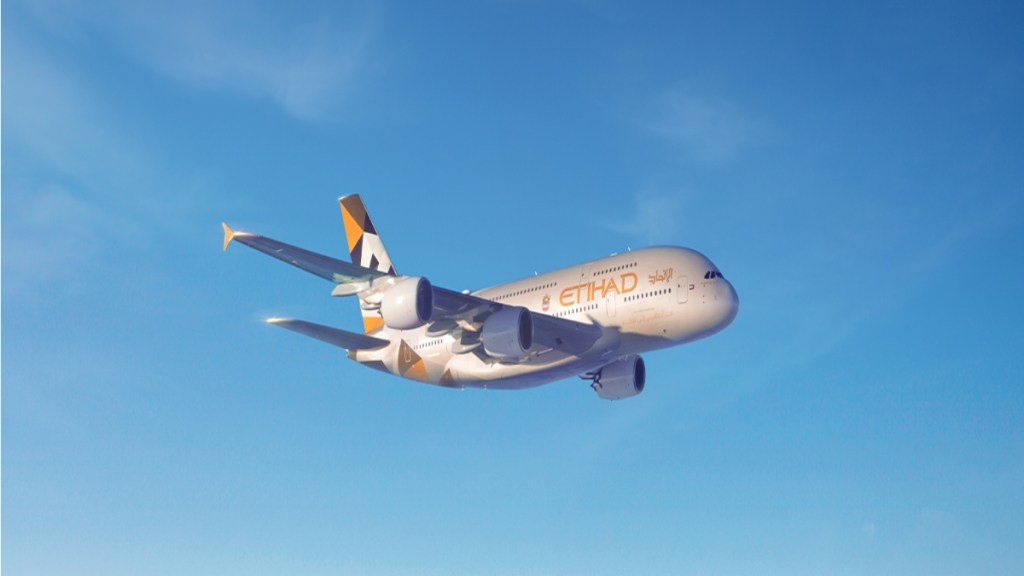In the wake of the deadly Air India Flight AI171 crash, Etihad Airways has ordered its pilots to exercise “extreme caution” while handling fuel control switches aboard its Boeing 787 fleet. The directive comes amid growing global scrutiny over the functionality and safety of these switches, following revelations that a fuel cutoff may have caused the June 12 crash near Ahmedabad that killed 260 people.
The UAE-based airline has also launched its own investigation into how the fuel switches operate across its Dreamliner fleet, underscoring growing concern in the aviation industry even as Boeing and the US Federal Aviation Administration (FAA) maintain there are no known safety issues.
Boeing and FAA say switches are safe, but airlines take no chances
While Boeing has claimed that the fuel switch locks are safe, a stance supported by a new FAA notification, the move by Etihad suggests otherwise. The airline is not taking any risks, choosing instead to inspect the mechanism more closely. According to reports, South Korean regulators are also contemplating similar advisories for their carriers.
Notably, a 2018 FAA advisory had flagged concerns about the fuel switch locking mechanism. Despite that, Boeing has defended the system’s safety. However, the chilling details from India’s Aircraft Accident Investigation Bureau (AAIB) report have prompted airlines to reevaluate procedures.
What AAIB report says about Air India plane crash?
The AAIB’s preliminary report points to a fuel starvation event as the cause of the AI171 crash. According to the investigation, the Boeing 787-8 Dreamliner lifted off at 08:08:39 GMT, and within three seconds, both engine fuel control switches moved from the “RUN” to the “CUTOFF” position just one second apart. This abrupt loss of fuel supply caused the aircraft to lose thrust and rapidly descend.
Though the Ram Air Turbine (RAT) deployed, a sign of total engine power loss, there was no evidence of fire or external mechanical damage. The aircraft crashed into a medical college hostel near the airport, killing 241 people on board and 19 on the ground. Only one passenger survived.
Cockpit voice recorder raises new questions
One pilot is heard asking, “Why did you cut off the fuel?”, to which the other responds, “I did not do so.” Investigators have yet to determine who made the statement, but the exchange suggests that neither pilot was aware of having moved the switches.
Investigators found the switches back in the “RUN” position at the crash site, suggesting that the crew attempted a last-minute correction. However, their efforts were too late.
The fuel-control switches on Boeing 787s are designed with a mechanical gate to prevent accidental activation. That both switches were moved almost simultaneously and manually is at the heart of the ongoing investigation. Whether mechanical failure, crew error, or some other factor caused the switches to flip remains unresolved.


